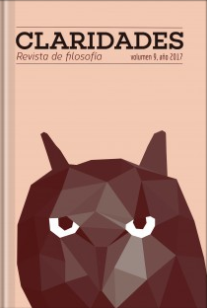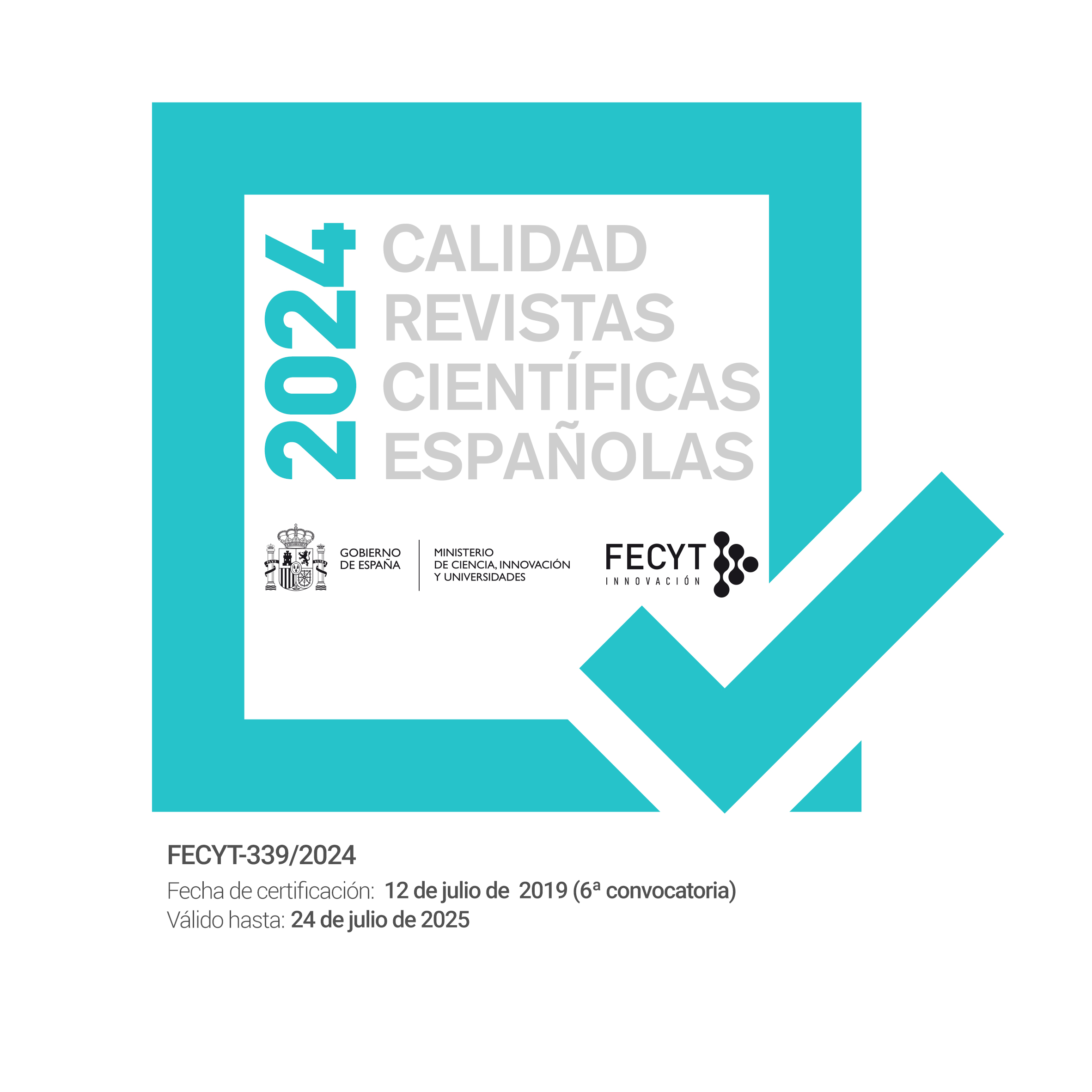Death as disappearing from the Self in the Work of Chantal Maillard
DOI:
https://doi.org/10.24310/Claridadescrf.v9i0.3737Keywords:
EAST, WEST, DEATH, DISAPPEAR, CHANTAL MAILLARD, I, ARTAbstract
PALABRAS CLAVE
ORIENTE, OCCIDENTE, MUERTE, DESAPARECER,
CHANTAL MAILLARD, YO, ARTE
ABSTRACT
Death is a relevant subject not only in the respective fields of philosophy or science, but in everyday life. Chantal Maillard, nourished by Eastern thought, shows us her vision of death understood as the dis-appearance of self. To do this, I will make a brief tour of some of his works –mainly Against art and other impostures, Poems to my death and India– where I will explain how the author understands the notion. I will try to reflect the most artistic part of his thinking about death in India, understood as chaotic of the creation of the universe. On the other hand, I will rely on another perspective to try to bring to the idea of death a line of thought less influenced by Eastern Hindu philosophy. Finally, I will make a comparison on how the idea of death in the East and West is understood.
Downloads
Metrics
Publication Facts
Reviewer profiles N/A
Author statements
Indexed in
-
—
- Academic society
- N/A
- Publisher
- Asociación para la promoción de la filosofía y la cultura en Málaga (FICUM) y UMAEditorial
Downloads
Published
How to Cite
Issue
Section
License
Esta revista provee acceso libre inmediato a su contenido bajo el principio de hacer disponible gratuitamente la investigación al público. Todos los contenidos publicados en Claridades. Revista de Filosofía, están sujetos a la licencia Creative Commons Reconocimento-NoComercia-Compartirigual 4.0 cuyo texto completo puede consultar en <http://creativecommons.org/licenses/by-nc-sa/4.0>
Es responsabilidad de los autores/as obtener los permisos necesarios de las imágenes que están sujetas a derechos de autor.
Los autores/as cuyas contribuciones sean aceptadas para su publicación en esta revista conservarán el derecho no exclusivo de utilizar sus
contribuciones con fines académicos, de investigación y educativos, incluyendo el auto-archivo o depósito en repositorios de acceso abierto de cualquier tipo.
La edición electrónica de esta revista esta editada por la Editorial de la Universidad de Málaga (UmaEditorial), siendo necesario citar la procedencia en cualquier reproducción parcial o total.

















6.png)
